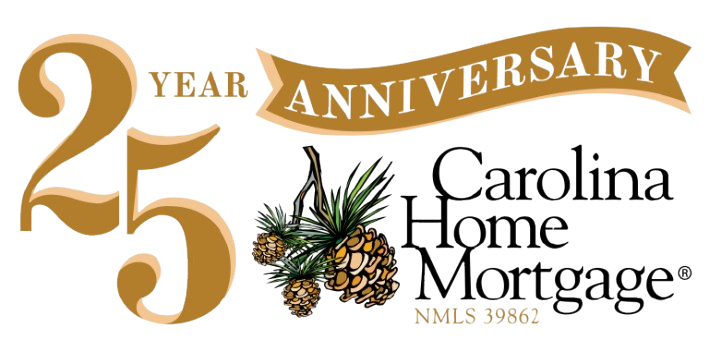Mortgage insurance is commonly added to home loans. In the US, the majority of mortgages include mortgage insurance. It is required to protect the lender not the borrower. The type and amount of insurance varies according to the type of loan obtained.
Conventional Mortgage
With a conventional mortgage, private mortgage insurance (PMI) is required if you choose to put down less than 20 percent of the purchase price. Mortgage insurance protects the lender in case you do not make your payment; it does not protect you if you cannot make your mortgage payment.
The cost of mortgage insurance ranges from 1/2 to 2 percent of the loan amount and depends on how much you put down and your credit score. When your principal balance, which is basically the amount you borrow, reaches 80 percent of the original value of the home, you can request to cancel the mortgage insurance. This information will be provided to you in a PMI disclosure. The original value of your home is either the purchase price or the appraised value of your home when you purchased it.
Mortgage insurance is separate from homeowner’s insurance. As a homeowner, you must purchase homeowner’s insurance to safeguard the house in case of damage. However, mortgage insurance protects the lender if you cannot repay the loan; it does not protect you if you cannot make your mortgage payment.

FHA Loan
FHA has two mortgage insurance premiums,
The upfront premium you pay is 1.75 percent of the loan amount.
If you purchase a $200,000 home with 3.5 percent down, FHA will charge an insurance premium of 1.75 percent of the total loan amount, or $3,377. You could pay the $3,377 up front at your loan closing or you could roll the premium into your loan amount. This would make your new loan amount $203,377.
The annual premium depends on how much money you borrow, the size of your down payment, and the length of your mortgage term. If you can make a down payment of 10 percent or more it will lower your insurance premium and even cancel it after 11 years. Otherwise, you will pay this premium, prorated monthly, as long as you have an FHA loan. Typically, you have to refinance by obtaining a conventional loan to stop paying mortgage insurance. You can go to our Monthly Payment Calculator to see premiums based on the down payment amount.
With a conventional mortgage, private mortgage insurance (PMI) is required if you choose to put down less than 20 percent of the purchase price. Mortgage insurance protects the lender in case you do not make your payment; it does not protect you if you cannot make your mortgage payment.
USDA Loan
There are two fees that work like mortgage insurance with USDA loans, Upfront Guarantee Fee and Annual Fee. These fees help the USDA repay the loan to the lender if you cannot; it does not protect you if you cannot make your mortgage payment.
The guarantee fee is an upfront payment of 1 percent of the purchase price.
If you purchase a $100,000 home, this mortgage insurance would cost about $30 per month.
You can choose to pay this fee in cash, or you can add the fee to your loan amount. Each year, USDA adds a guarantee fee of 0.35 percent to your monthly payment. This fee will never go away but will lower year after year as you pay down your principal.
VA Loan
The VA guarantees the loan for the lender using a guarantee fee or funding fee instead of mortgage insurance. This fee is 100 percent tax deductible in the year you purchase the home whether you pay it upfront or roll it into the amount you need to borrow. The IRS should send you a Form 1098 at the end of the year to make the deduction.
The funding fee is a percentage of the amount borrowed and depends on whether you are an active-duty service member or a reserve/national guard veteran. It also depends on whether you have used your “entitlement” to purchase a home already or if you are a first-time home buyer. See more at VA Loans.

